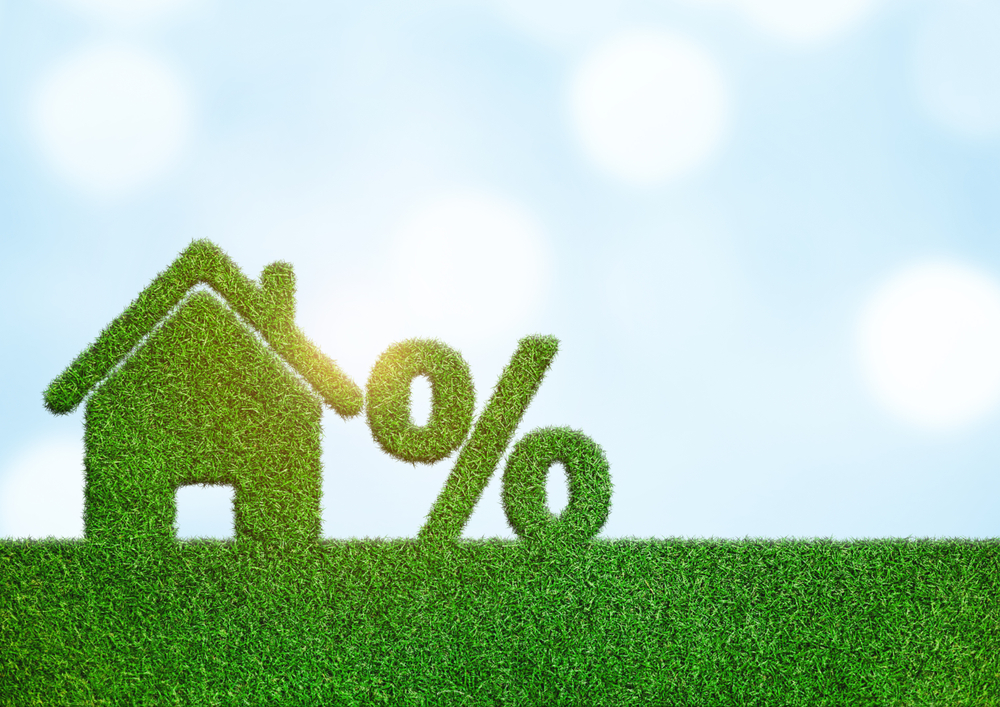What exactly is an 80/20 loan?

Saving up the down payment for a home can be difficult and can take a long time. If you are struggling to save up enough for a house down payment, you may want to consider an 80/20 loan which can help get you into a home, even if you don’t have enough for a 20 percent down payment. Keep reading to learn how an 80/20 loan can help you become a homeowner.
What exactly is an 80/20 loan?
An 80/20 is a type of piggyback loan and is split into two parts. The first part of the loan covers 80 percent of the purchase price of the home while the remaining 20 percent is a home equity loan or home equity line of credit.
This type of loan allows you to purchase a home without having 20 percent set aside as a down payment. There are other types of piggyback loans as well, as example, you can also get an 80-10-10 loan. This loan uses 80 percent for the mortgage, 10 percent as a home equity loan and the remaining 10 percent is the cash you saved as a down payment.
One more advantage of an 80/20 loan is the fact that it eliminates the need for mortgage insurance. If you have less than 20 percent as a down payment, your lender will most likely require that you carry mortgage insurance.
Pros and cons of an 80/20 loan
While there are certainly pros to an 80/20 loan, there are also cons. Let’s have a look at the advantages and disadvantages of the 80/20 loan.
Pros
- No down payment: Not having to come up with a down payment can be a huge advantage. It will often allow you to buy a home quicker than you could if you had to save up a down payment.
- Avoid private mortgage insurance: Over a number of years, the cost of private mortgage insurance can really add up which is why avoiding it with an 80/20 loan can be a great idea. A standard loan, without a 20 percent down payment will almost always require private mortgage insurance.
Cons
- Two mortgage payments: Because you have a mortgage and a home equity line of credit that must be paid each month, it’s like having two mortgages, although one will be much smaller than the other one. Once you have paid off the HELOC, you will be down to one payment per month.
- Pay twice the closing costs: Because you are technically taking out two loans, there will be closing costs for both. While this is certainly an added expense, an 80/20 loan allows you to get into a home much quicker than saving up a down payment.
- Second mortgage rates adjustable: In most cases, the rates on your HELOC will be adjustable so it is possible that you monthly payment will move up or down over the years. These rates can be quite high but, in most cases, the cost will be less than paying for private mortgage insurance (PMI). In addition, you are building equity in your home while paying a second mortgage, paying for PMI doesn’t put any equity in your pocket.
The biggest advantage to the 80/20 loan is the fact that you don’t have to wait to purchase a home while you save up a down payment. However, in general, an 80/20 will be more expensive over time, so before jumping into the 80/20 pool, calculate the additional costs and make sure this type of loan makes sense for your situation.
Other alternatives to a taking out an 80/20 loan
In addition to higher costs, an 80/20 loan is not always an option for everyone. In most cases, you will need a credit score of at least 720 and you must keep your debt-to-income ratio at 43 percent of less. Here are a few other options in the event you cannot qualify for an 80/20 loan or simply don’t want to deal with the extra expenses of this type of mortgage:
Save up for a down payment
While you will need 20 percent down for a conventional mortgage, there are other types of mortgages that require a much smaller down payment. It is possible to qualify for an FHA or other loans for as little as 3.5 percent down.
Down payment assistance programs
It is possible that you can qualify for a down payment assistance program. The assistance may come from local or federal government programs or in some cases, you lender might have programs in place to help lower income borrowers with their down payment.
Pay for private mortgage insurance
It is possible that the cost of simply paying for PMI may be cheaper than an 80/20 loan. Always run the numbers when buying a home to see which mortgage option is the best for you.
.
